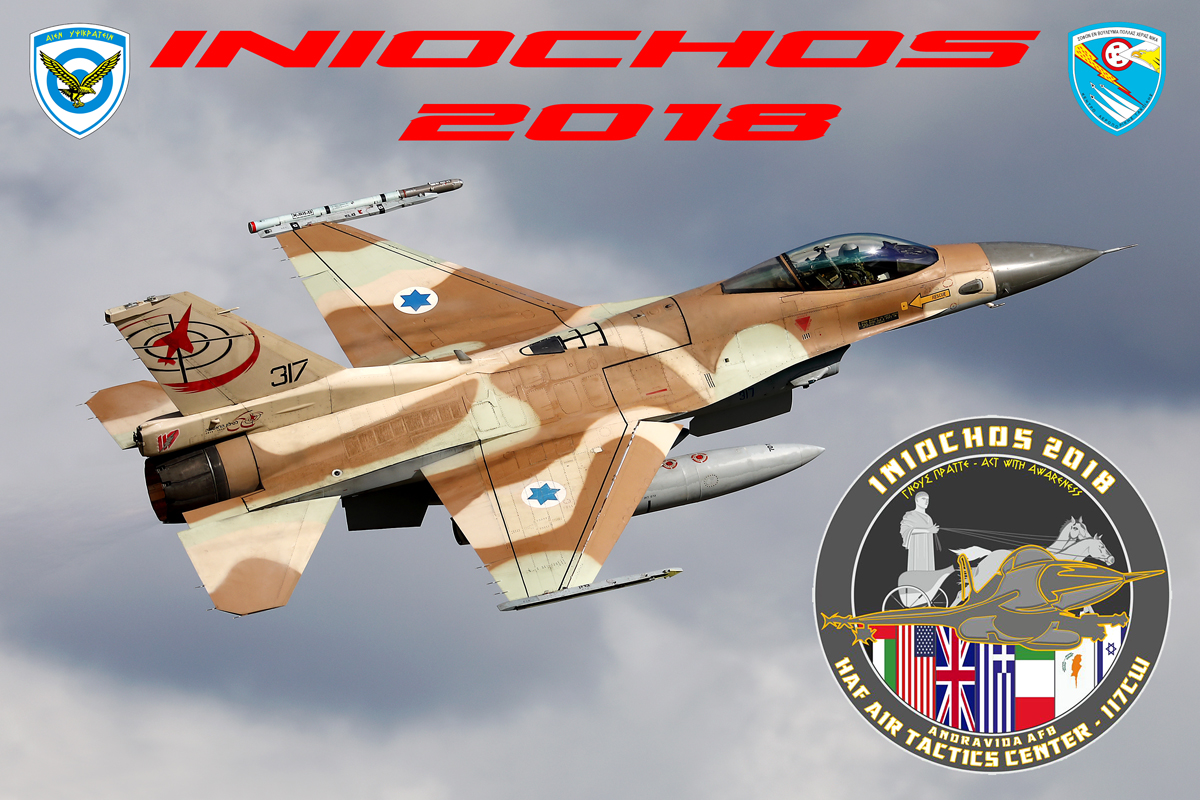|
Home | About MIAS.Aero | Articles and Publications | Airforces Overview | Projects | Links | Contact |
Exercise Iniochos 2018
|
||||||||||||||||||||||||||||||||||||
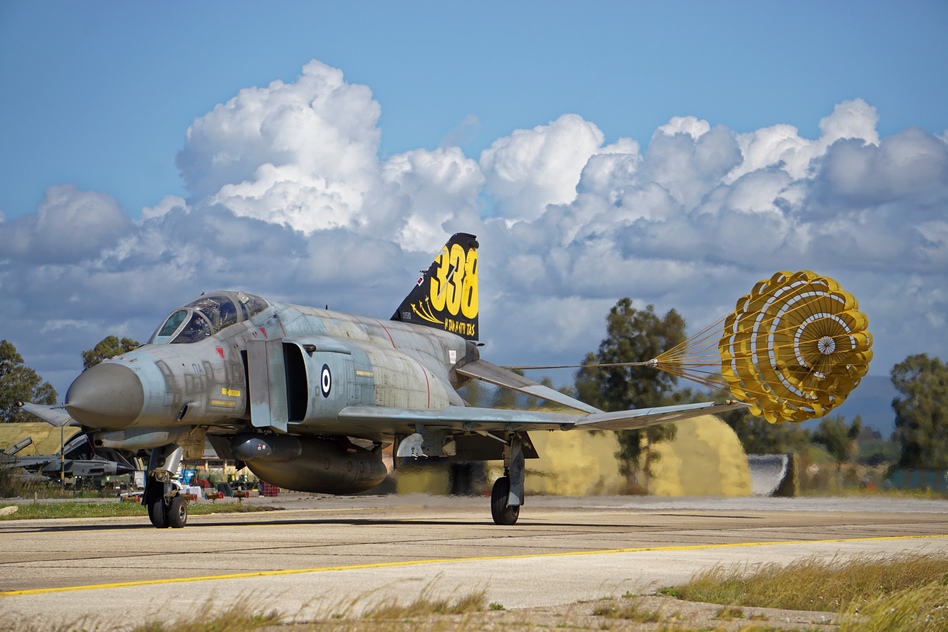 |
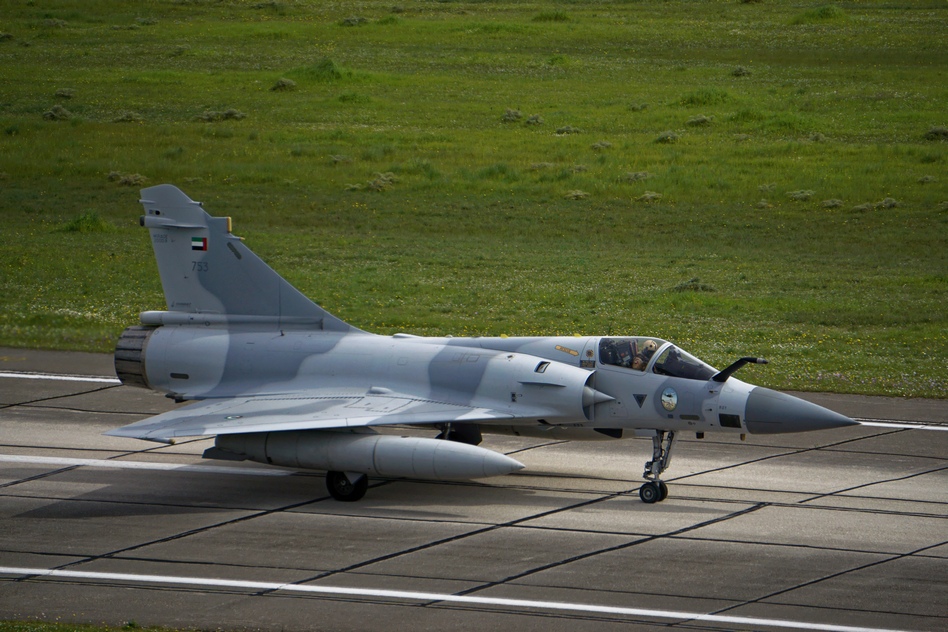 , , |
 |
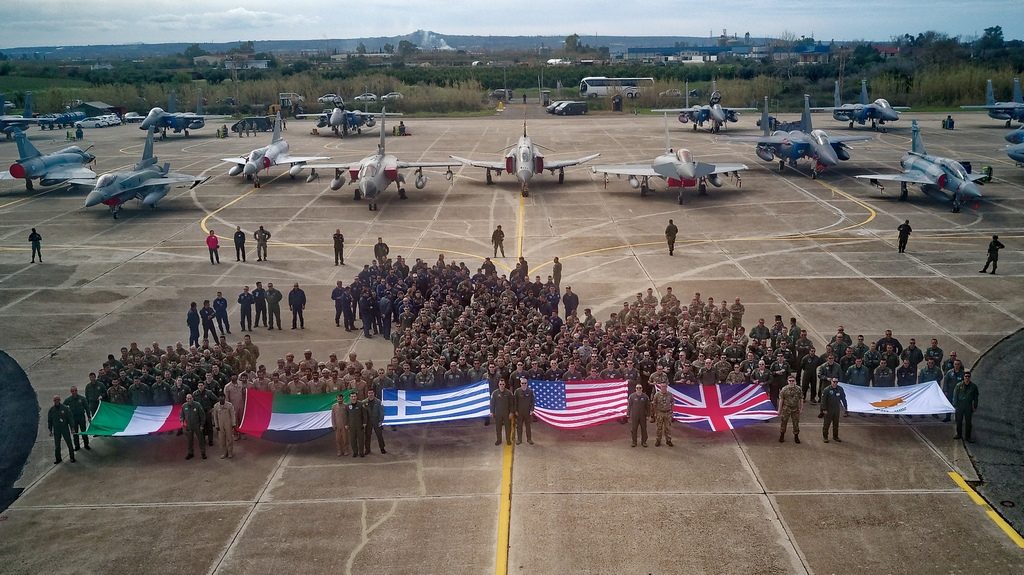 |
|
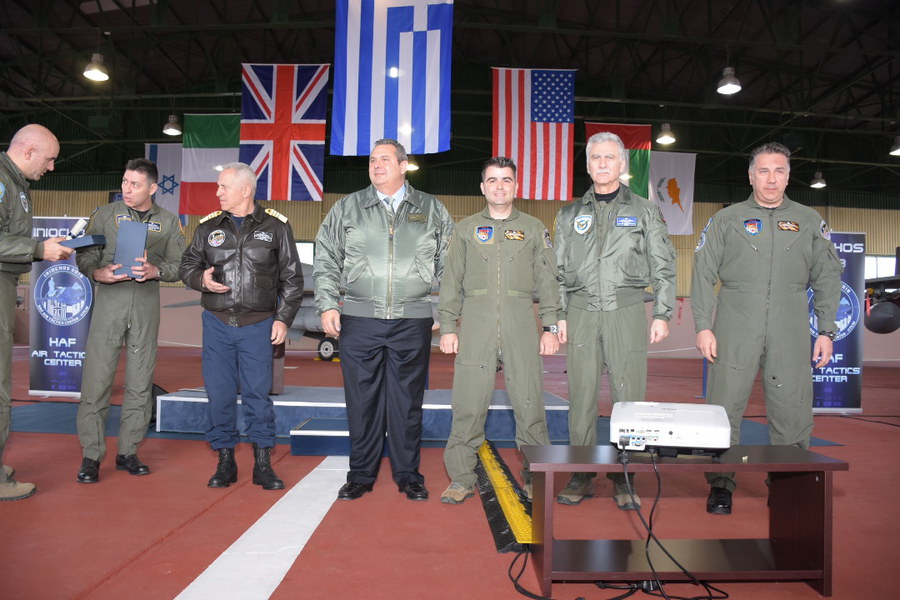 |
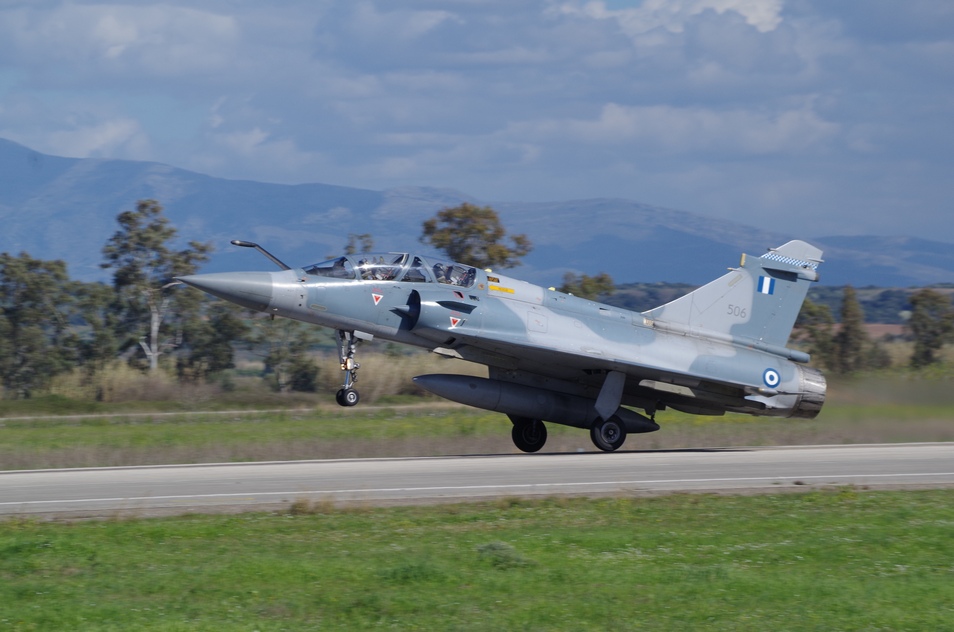 |
|||
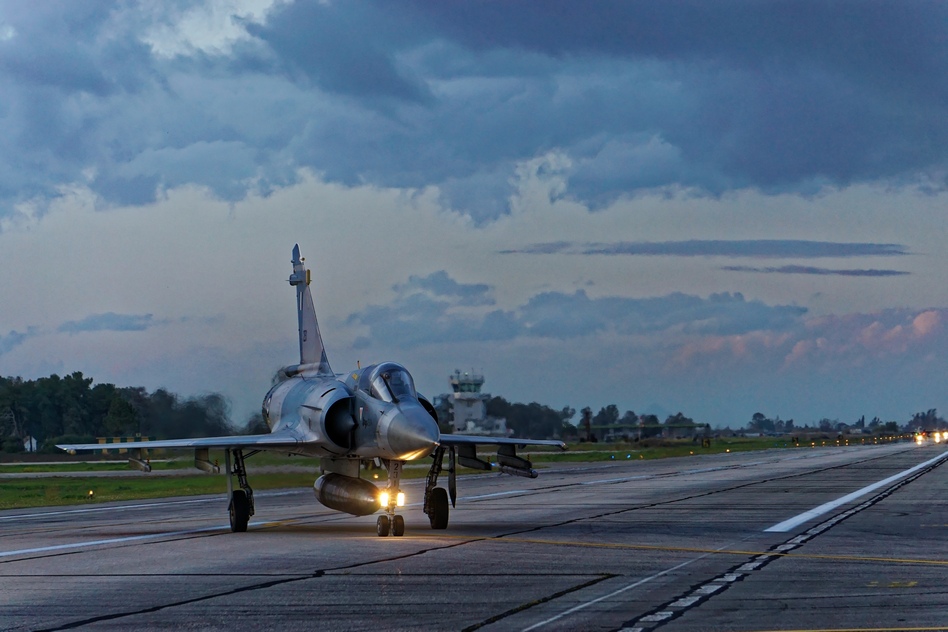 |
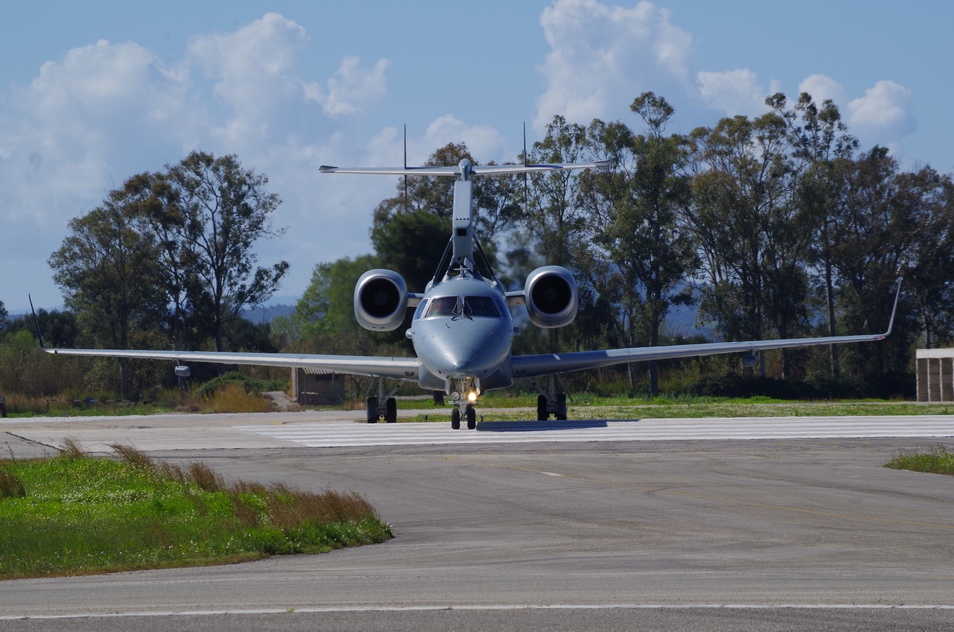 |
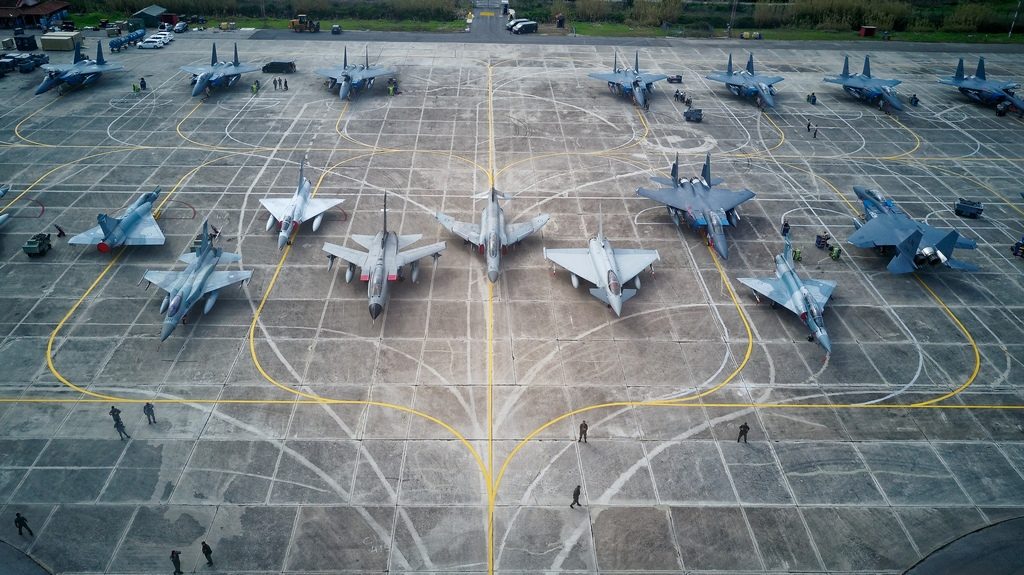 |
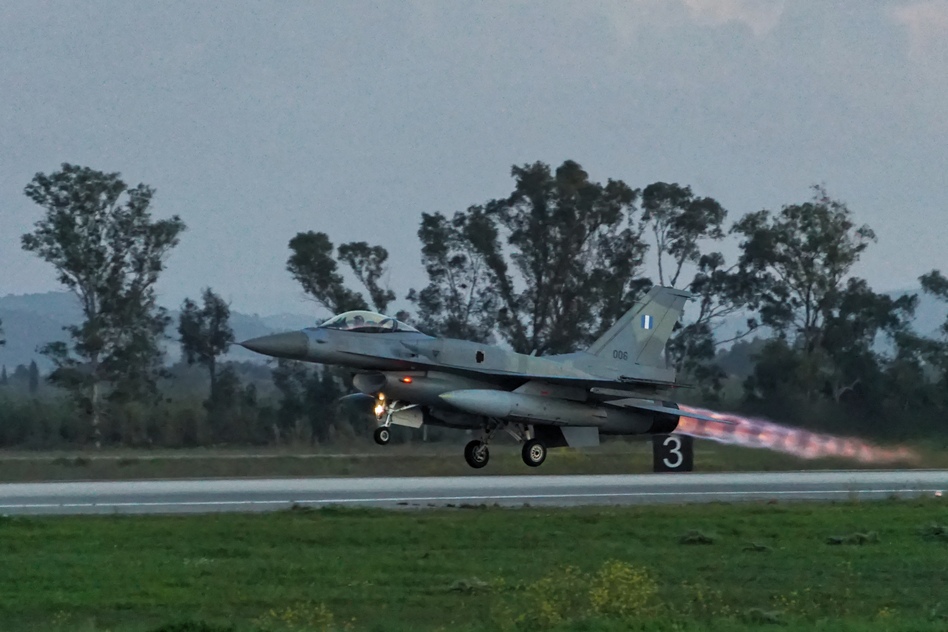 |
|
Pictures above courtesy of Hellenic Air Force
History
The INIOCHOS Exercise was first conducted in the late 1980s, as a small scale tactical level exercise tailored to the contemporary necessity for training in combined air operations
in accordance with Hellenic Air Force Doctrine. In the years that followed, the success of the exercise led to the decision to establish it as an annual event.
The exercise objective was to train personnel in the planning and execution of Combined Air Operations (COMAO) in accordance with the HAF Doctrine and National Plans in a realistic
environment to test and evaluate operational plans and tactics. For the execution and conduct of Exercise, the Hellenic Fighter Weapon School was deployed to Larissa to form the
White Cell in the facilities of the National Center for Air Operations. The White Cell was responsible for the optimal coordination and planning of the operations,
while participating aircraft were also deployed to Larissa, at 110 Combat Wing, from where they would launch for their missions.
In 2005, the exercise was decentralized with the participating Aircraft operating from their own bases, while the White Cell the planning and the coordination was taking place
in the Air Tactics Center and the Fighter Weapons School facilities located at the 117th Combat Wing at Andravida Air Base, with newly acquired means of Command and Control.
In the successive years, the exercise became a medium-scale exercise involving all the Hellenic armed forces, the HAF, the Hellenic Army and Hellenic Navy and the aircraft that
participated were taking off from their respective home bases.
In November 2013, the decision was made to adopt a Single Base Concept, upgrade the exercise scale to medium and expand the spectrum of operations with the objective to create
a more realistic and demanding environment, with an intensive and prolonged 24/7 battle rhythm, significantly increasing the level of training.
In April 2015, the exercise was held for the first time in the form of INVITEX (Invitation Exercise), with the participation of 12 Israeli F-16s and a USAFE Special Operations
Forces Team (SOF). INVITEX means that the missions are organized and run by the HAF whereby other nations are invited to participate. To make the training realistic, the
participating units are exposed to “an intensive battle rhythm with realistic attrition rates and challenging scenarios that include multiple modern threats and real time live
injects tailored to produce the fog of war and the friction effect which is expected to dominate the modern battlefield and test both the physical and psychological endurance
of the modern fighter.” The layout of the exercise is quite standard: two weeks in length (including deployment and re-deployment of the assets), with air operations launched from
one single MOB (Main Operating Base). This single base concept brings together hundreds of participants in joint face to face planning, briefing and debriefing thus maximizing
training benefits and promoting cooperation and exchange of ideas on tactics between participants with different backgrounds and experiences.
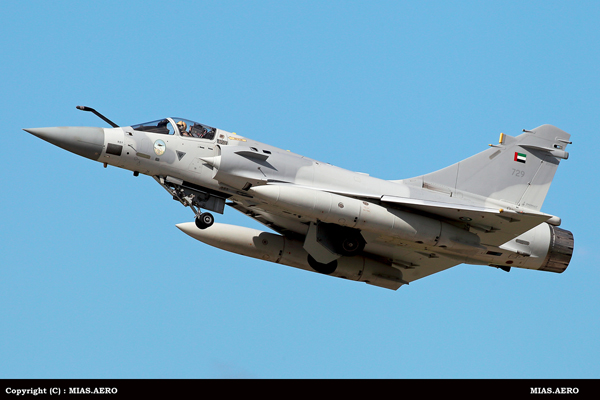 |
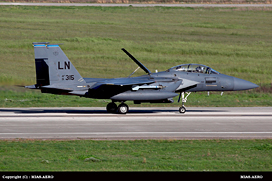 , , |
 |
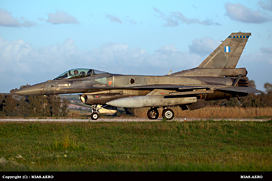 |
|
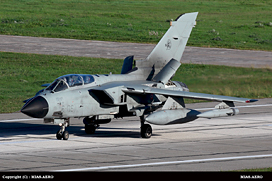 |
 |
|||
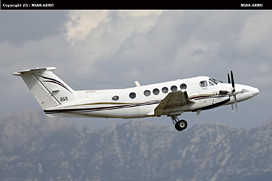 |
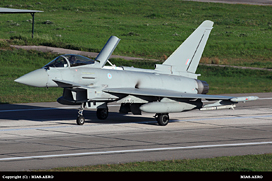 |
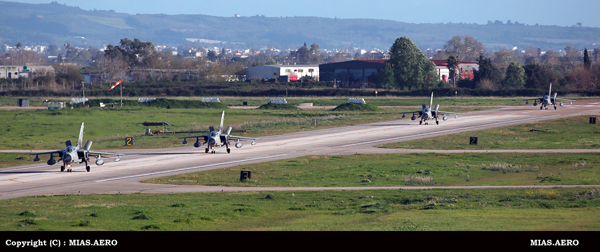 |
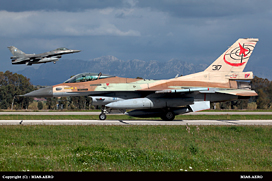 |
|
2018 Edition
The Hellenic Air Force participated with a multitude of F 16C/Ds from every Viper squadron in Greece (330, 335, 336, 337, 340,341, 343, 347) as well as Mirage 2000-5 from 331 and
332 squadron, F-4E Phantoms from 338 Sqn whilst foreign participation came in the form of 6 Italian Air Force Tornado IDS from 6 Stormo, thirteen USAFE F-15E Strike Eagles from
48 TFW from Lakenheath, 6 Royal Air Force Eurofighters FGR4 from 3 Squadron, 6 United Arab Emirates Air Force Mirage 2000-9 from 71 Squadron and 4 Israeli Air and Space Force
F-16C Block 30 ‘Baraks’ from 117 “First Jet” Squadron. The Israeli participation was limited to the second week of the exercise because of the last-minute change in decision to
participate. For the first time, the Cypriot National Guard Air Command with a single AW-139 took part in the exercise after an invitation was extended to its 460th SAR Squadron
and special operations forces. These conducted simulated search and rescue and medical evacuation of downed fighter pilots between 12 and 16 March.
All together some 200 aircrews, 1.000 maintenance personnel and 100 support crew were gathered for the exercise. In total, the exercise involved some 76 aircraft flying more
than 1,000 day and night sorties in some 30 waves spread over 9 operational days with the HFWS (Hellenic Fighter Weapons School) overseeing the missions from scenario planning to
debriefing, making certain that they cover the full spectrum of aerial warfare currently performed by the HAF and allied nations, including Air Operations versus Integrated Air
Defense System (IADS), Offensive Counter Air, Airfield Attack, Air Interdiction, Special Targets (bridges, power stations, vehicles, etc.), Anti Surface Warfare, Slow Mover
Protection (SLOMO), Combat Search and Rescue (CSAR), Dynamic Targeting (DT), Strike Coordination and Reconnaissance (SCAR), Close Air Support (CAS), Time Sensitive Targets (TST)
and High Value Airborne Asset (HVAA) Protect/Attack. Robust Naval and Army forces provided a full-scale threat and target array which was further augmented with the co-execution
of the Greek Army live exercise “POLIFIMOS” and Navy “ASTRAPI” participating with a total of 10 naval units including 4 frigates, army tanks and armored vehicles, some 20 helicopters
and more than 10 SAM systems (Patriot, Hawk, ASRAD, VELOS, MANPADS).
In the challenging INIOCHOS exercise scenarios, strike packages faced an array of air-defence systems, land and sea-based, provided by all three branches of the Hellenic Armed Forces.
Aviation assets cooperated with aerial assets from the Hellenic army, including AH-64DHA Apaches, Hellenic Navy with their S-70 Seahawks as well as special forces. Together, aviators
were able to engage all types of targets from tanks to air-bases up to high-value assets like frigates and amphibious assault ships.
Prospective future
This year marked the fourth consecutive participation of the U.S. Air Force and Israeli Air and Space Force with the United Kingdom and Cyprus making their debut. The relevancy of this
exercise is very evident as U.S. Ambassador to Greece Geoffrey Pyatt expressed during his visit to the exercise described INIOCHOS: “This has become an important multinational exercise
with broad participation from across Europe and the Eastern Mediterranean, which reflects the ambition of Greece as a builder of bridges, as a pillar of regional stability”.
As Colonel Antonios Panidis, commander of the Hellenic Air Tactics Center put INIOCHOS into context: “Today’s security situation, challenges air forces across the entire spectrum of
their capabilities. Allied countries rely on airpower to deliver rapid and precise response to complex challenges hence operational training must address this widening of the spectrum,
especially in a time of military budget constraints”.
Lieutenant General Christos Christodoulou, Chief of the Hellenic Air Force General Staff in his conclusion speech described the true spirit INIOCHOS: “The principle of bringing allies
and friends together is as old as humanity itself: the spirit of partnership – the idea that we gain more by working together, than we can achieve working alone”. One can only conclude
that the Hellenic Air Force has a healthy and realistic aspiration to make INIOCHOS become the most competitive exercise in Europe and the Mediterranean region providing participants
with a high level of training and unique experience of participation. One should therefore not at all be surprised to see more countries added to the list of participants for INIOCHOS 2019.
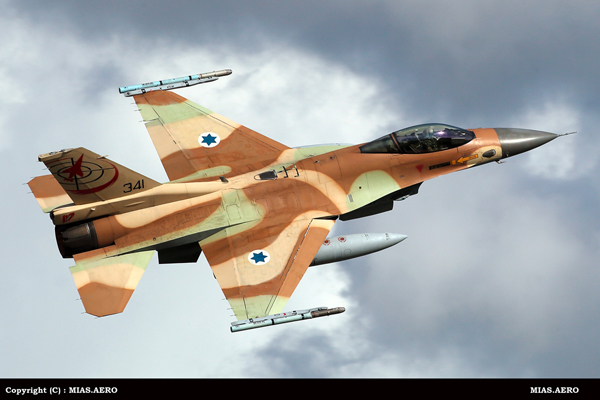 |
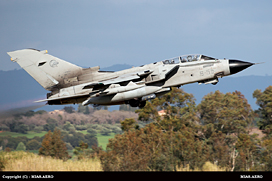 , , |
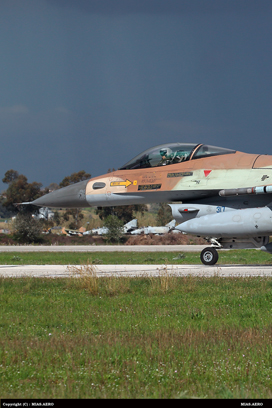 |
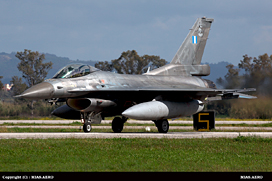 |
|
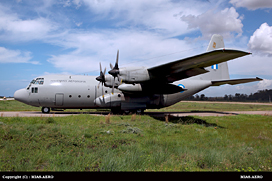 |
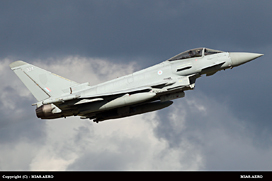 |
|||
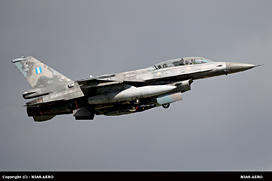 |
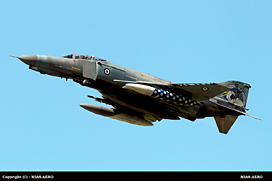 |
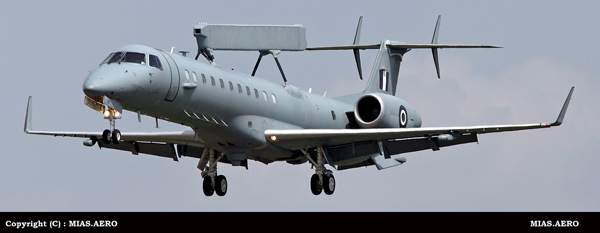 |
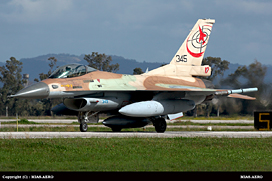 |
|
Website Design: Made|IN|Melon 2021©
